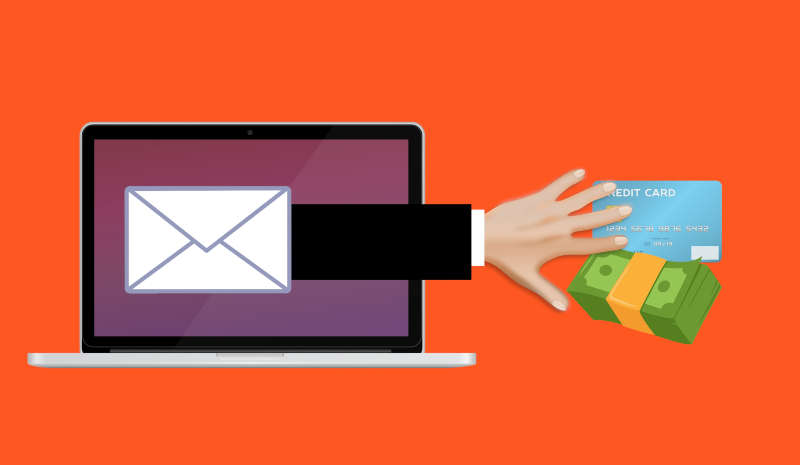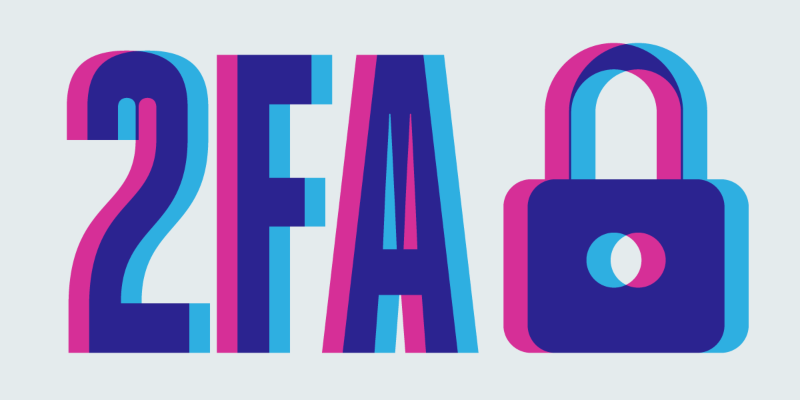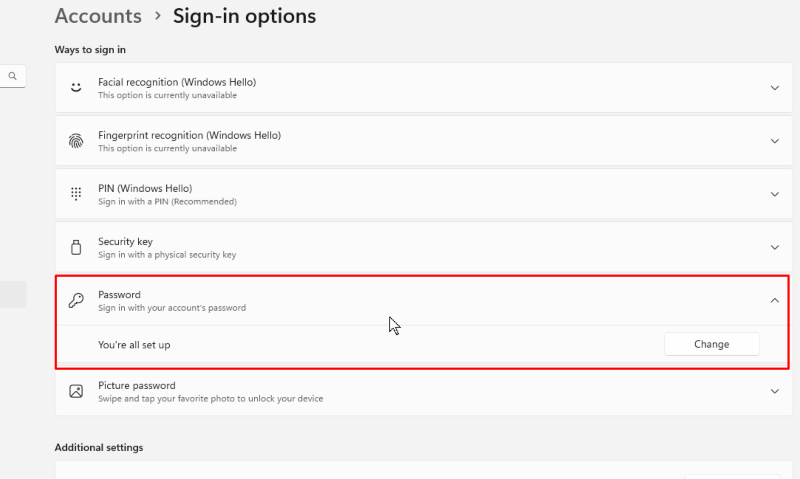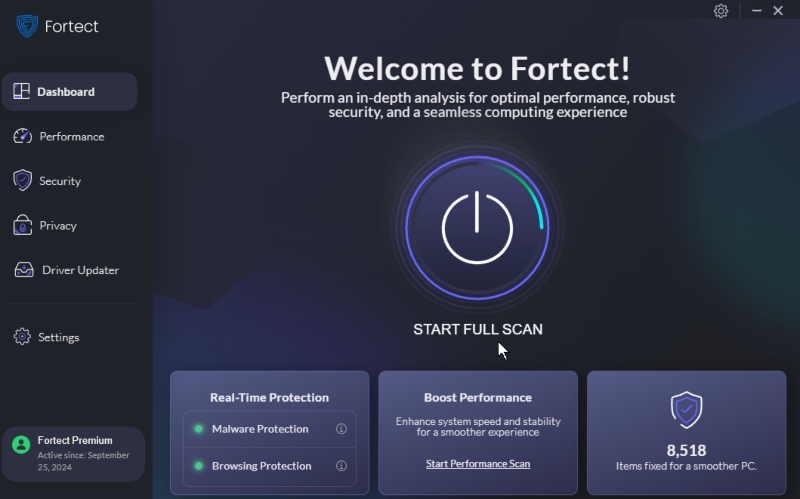Risks of Insecure Passwords on Windows Systems
Insecure passwords pose a significant threat to the Security of Windows systems. Cybercriminals can easily guess or crack weak passwords, leading to unauthorized access to sensitive information, data breaches, and potential financial loss. Windows users must understand the risks of insecure passwords to protect their systems effectively.
Common Risks Associated with Insecure Passwords
Unauthorized Access
One of the primary risks of insecure passwords is unauthorized access to personal and professional data. Cybercriminals can exploit weak passwords through various methods, including brute force attacks and social engineering techniques. Once they gain access, they can steal sensitive information, install malware, or compromise other connected systems.
Data Breaches
Insecure passwords can lead to data breaches, exposing sensitive data to unauthorized individuals. These breaches can occur personally, such as accessing emails or financial accounts, or on a corporate level, leading to significant economic and reputational damage for businesses. Protecting against such breaches requires strong password practices to minimize the likelihood of attacks.
Identity Theft

Weak passwords make users vulnerable to identity theft. Cybercriminals can use stolen passwords to impersonate individuals, gaining access to their financial accounts, personal information, and online services. This can lead to fraudulent activities that may take years to resolve and can cause severe emotional and economic distress.
Ransomware Attacks
Insecure passwords can also facilitate ransomware attacks. Cybercriminals can gain access to systems and encrypt files, demanding a ransom for their release. These attacks can be devastating, especially for businesses that rely on their data for operations. Strong passwords are a critical defense against such threats, reducing the chances of unauthorized access.
Best Practices for Creating Secure Passwords
Use Complex Passwords
Creating complex passwords is vital to safeguarding Windows systems. A strong password typically contains uppercase and lowercase letters, numbers, and special characters. Avoid using easily guessable information, such as birthdays or common words. Aim for a minimum of 12 characters to increase Security.
Implement Two-Factor Authentication (2FA)

Two-factor authentication adds an extra layer of Security by requiring a second form of verification and a password. This could be a text message code, an email confirmation, or an authentication app. Enabling 2FA significantly reduces the risk of unauthorized access, even if passwords are compromised.
Regularly Update Passwords
Regularly changing passwords helps to maintain Security over time. It is advisable to update passwords every three to six months, especially for sensitive accounts. Consider using a password manager to help generate and store complex passwords securely.
Avoid Reusing Passwords
Reusing passwords across multiple accounts increases vulnerability. If one account is compromised, all accounts using the same Password are at risk. Ensure that each account has a unique password to minimize the impact of a potential breach.
How to Change Your Password on Windows

- Open Settings: Click the Start menu and select Settings (gear icon).
- Navigate to Accounts: Click on Accounts.
- Select Sign-in Options: Choose Sign-in options from the left menu.
- Change Your Password: Under Password, click Change and follow the prompts to create a new password.
Enabling Two-Factor Authentication
- Open Settings: Click the Start menu and select Settings.
- Go to Accounts: Click on Accounts and select Your info.
- Set Up 2FA: Under Security, follow the prompts to enable two-factor authentication.
Using a Password Manager
- Choose a Password Manager: Research a reputable password manager that suits your needs.
- Install the Software: Download and install the password manager on your Windows system.
- Create an Account: Set up your account and begin adding passwords. The manager will generate complex passwords for your accounts.
Utilized Third Party PC Solution with Malware Defense
Third-party security solutions with malware defense provide strong protection against password threats. With features like password management, breach detection, and real-time malware scanning, these tools help secure your Windows system from unauthorized access and cyber threats.

Tools like Fortect with real-time malware protection and scanning that scans threats such as all forms of malware that could potentially hack your passwords and sensitive information online. Fortect protects your system and remove the threat real time.
Download and install Fortect now.
Conclusion
Insecure passwords present substantial risks to Windows systems, including unauthorized access, data breaches, identity theft, and ransomware attacks. By implementing best practices such as creating complex passwords, enabling two-factor authentication, regularly updating passwords, and avoiding reuse, users can significantly enhance their Security.
Following the troubleshooting steps outlined can further empower Windows users to take control of their password security and protect their systems effectively.




